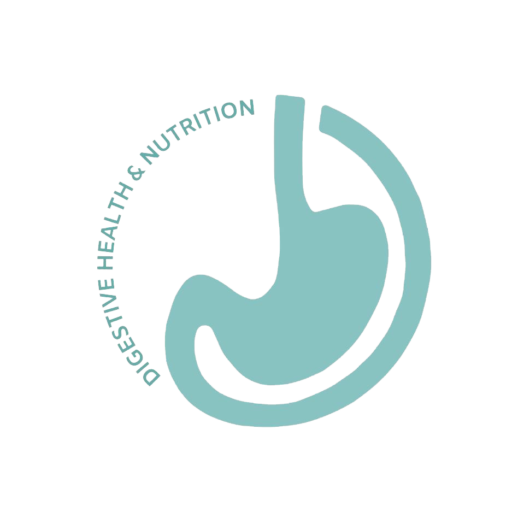Why Babies Cry
Crying is one of the primary ways babies communicate their needs and discomforts. Since babies cannot express themselves with words, crying helps signal parents and caregivers that something requires attention. While crying is a normal part of infancy, understanding the reasons behind it can help parents better respond to their baby’s needs.
Common Reasons Why Babies Cry:
Hunger:
- Description: Hunger is one of the most common reasons babies cry, especially in the first few months of life when they need to eat frequently.
- Signs: The baby may suck on their hands, root (turn their head towards the breast or bottle), or make sucking noises. Feeding usually calms them down.
Sleepiness or Fatigue:
- Description: Babies often cry when they are tired but unable to fall asleep. Overstimulation or an irregular sleep schedule can make it harder for them to settle.
- Signs: Yawning, rubbing their eyes, or becoming fussy are common indicators of tiredness. Creating a calm environment and helping the baby wind down can assist in putting them to sleep.
Discomfort (Dirty Diaper, Too Hot/Cold):
- Description: Babies may cry if they are uncomfortable due to a wet or soiled diaper, or if they are too hot or too cold.
- Signs: Check for a dirty diaper or feel the baby’s skin to ensure they are dressed comfortably for the temperature. Adjust clothing or change the diaper if necessary.
Need for Comfort (Cuddling or Holding):
- Description: Babies often cry because they need comfort or want to be held. The desire for closeness is normal, especially in newborns, who seek the warmth and security of their caregiver.
- Signs: The baby may stop crying when picked up or held. Gentle rocking, swaddling, or skin-to-skin contact can help soothe them.
Gas or Colic:
- Description: Gas buildup or colic (intense, prolonged crying for no apparent reason) can cause discomfort, leading to crying. Colic usually peaks around 6 weeks of age and may improve by 3-4 months.
- Signs: If the baby pulls their legs toward their stomach, arches their back, or appears to be in pain, they might have gas or colic. Burping the baby after feeds or using gentle tummy massage can help alleviate discomfort.
Overstimulation:
- Description: Too much noise, activity, or bright lights can overwhelm a baby, especially if they are young. This overstimulation can result in fussiness or crying.
- Signs: The baby may turn their head away from stimuli or cry after being exposed to loud environments. Moving to a quiet, dimly lit space can help calm them.
Teething:
- Description: Teething typically begins around 4-6 months of age, and the discomfort of emerging teeth can cause crying.
- Signs: The baby may drool more than usual, chew on their hands or toys, and seem irritable. Providing a cold teething toy or gently rubbing their gums can offer relief.
Illness or Pain:
- Description: If a baby cries more than usual and other comforting methods do not work, they may be ill or in pain.
- Signs: Fever, unusual lethargy, a rash, or persistent crying that is different from their normal cries may signal illness. Contact a healthcare provider if illness is suspected.
Separation Anxiety:
- Description: As babies grow older, they may develop separation anxiety, particularly between 6 and 9 months. They may cry when their primary caregiver leaves the room or when they are left with someone unfamiliar.
- Signs: The baby becomes distressed when the caregiver is out of sight. Offering reassurance and staying calm can help ease their anxiety.
Need for Change in Position or Stimulation:
- Description: Babies sometimes cry because they are bored or uncomfortable in the same position for too long.
- Signs: They may stop crying if repositioned, engaged in play, or taken for a walk. Providing gentle stimulation, such as toys or talking, can help.
How to Soothe a Crying Baby:
- Check for Basic Needs: Ensure the baby is fed, has a clean diaper, and is dressed comfortably.
- Hold or Cuddle the Baby: Skin-to-skin contact or rocking may provide the comfort they need.
- Swaddle or Wrap the Baby: Swaddling mimics the snug feeling of the womb and can help calm a fussy baby.
- Use Gentle Sounds or White Noise: Soothing sounds or white noise can help lull the baby to sleep.
- Offer a Pacifier: Sucking can be a calming reflex for some babies.
- Burp the Baby: If the baby is crying due to gas, burping may help release trapped air and ease discomfort.
When to Seek Medical Advice:
If the baby’s crying is persistent, inconsolable, or accompanied by other worrying symptoms like fever, vomiting, diarrhea, or changes in behavior, it’s important to consult a healthcare provider to rule out underlying medical issues.
Crying is a normal part of a baby’s development and communication. By responding patiently and observing the baby’s cues, caregivers can better understand and address their baby’s needs.
